MIT Plasma Science and Fusion Center
About
The MIT Plasma Science and Fusion Center (PSFC) provides research and educational opportunities that expand our understanding of plasma physics, its applications, and magnet technology. As a multidisciplinary lab, the PSFC leverages translational science to create real-world solutions, with a focus on developing magnetic fusion as a carbon-free energy source.

At DIII-D
The MIT PSFC engages in the DIII-D program on multiple levels. Major facility upgrades like design and installation of an advanced current drive system and novel diagnostics are ongoing. Experimental science coupled with modeling and simulation are a central focus, with scientists and students stationed onsite at DIII-D and on campus at MIT leading physics groups, conducting experiments, and contributing to the analysis ecosystem. Graduate students, postdoctoral researchers, and staff scientists participate at varying levels in research areas spanning advanced current drive techniques, disruption science and machine learning, pedestal and core-edge integration physics, plasma transport, and diagnostic development.
Heating and Current Drive: Steve Wukitch
San Diego Team: Mirela Cengher, Samuel Pierson, Evan Leppink, and Malcolm Gould
Cambridge Team: Steve Wukitch (lead), Ivan Garcia, Yijun Lin, Grant Rutherford, Andrew Seltzman, William Wright, James Ridzon , and Jacob van de Lindt

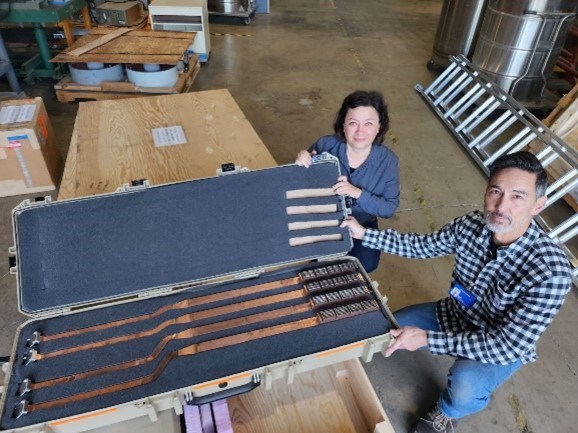

The PSFC team is developing robust tools for heating and current drive in fusion reactor environments and diagnostics to characterize high field side scrape off layer, wave coupling and absorption. The team is contributing a major hardware enhancement to DIII-D, which will drive off-axis current using a High Field Side (HFS) launched Lower Hybrid Current Drive (LHCD) System. HFS-LHCD system and diagnostics will allow assessment of the expected benefits of HFS launch on power coupling, validation of understanding of LH edge interactions, and evaluation of current drive efficiency and profile control in a range of plasma scenarios.

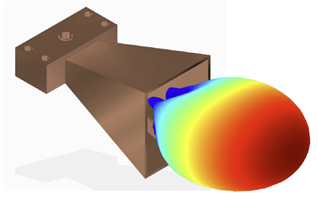
Disruption Prevention Strategies for Tokamak Plasmas: Cristina Rea
Cambridge Team: Cristina Rea (lead), Robert Granetz, Andrew Maris, Zander Keith, Stuart Benjamin, Ben Stein-Lubrano, and Henry Wietfeldt
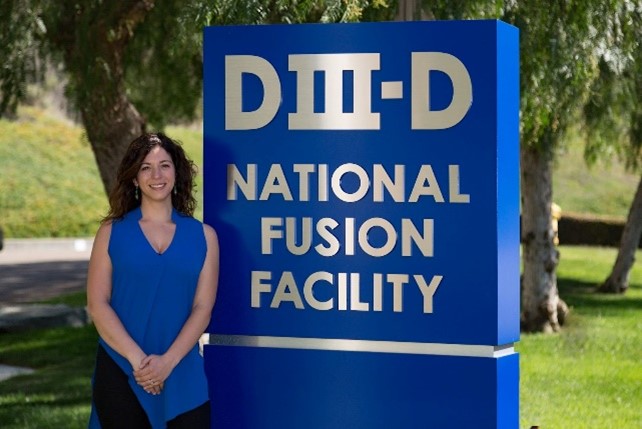

The PSFC team is actively engaged in all areas of Disruption Research at DIII-D, devising solutions for next–generation devices. Research topics include machine learning–driven predictive algorithms and their integration in control systems, tearing stability for reactor–relevant scenarios, experimental planning for off–normal event handling, runaway electron research and alternative mitigation strategies through passive coils.
Pedestal and Core Edge Integration: Theresa Wilks
San Diego Team: Theresa Wilks (lead) and Raul Miguelanez
Cambridge Team: Jerry Hughes, Amanda Hubbard, Darin Ernst, Amelia Cavallaro, Jeremy Fleishhacker, and Jamie Dunsmore
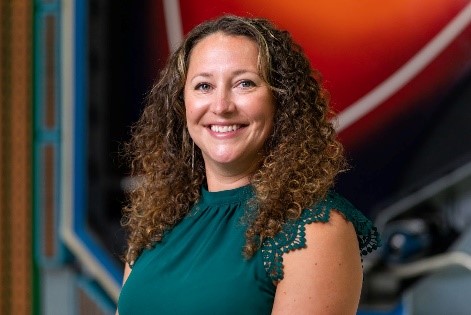
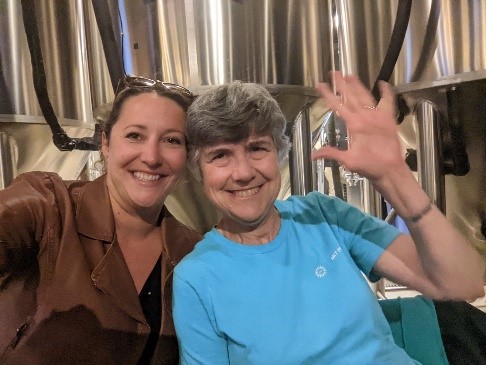

Research activities center on what determines the density in high-confinement tokamak plasmas, asking what are the processes that fuel up the fusion core through the edge and how does this project to future devices that seek to make net energy. Experimental work focuses on data from DIII-D’s LLAMA diagnostic. Core-Edge integration studies focus on coupling a high–performance core/pedestal with a dissipative or detached divertor with additional attention to ELM mitigation.
Core Transport: Nathan Howard
San Diego Team: Arsene Tema
Cambridge Team: Nathan Howard (lead), Pablo Rodriguez-Fernandez, and Ivan Marshall
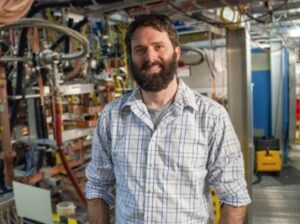
The MIT team advances the integration of core, pedestal and SOL transport models and accelerates experimental development of favorable burning plasma–relevant scenarios using unique capabilities such as the Laser Blow-off System (LBO) and Bayesian Optimization techniques to accelerate first-principles transport simulations. Experiments coupled with both high–fidelity transport simulations and reduced models allow investigation of multi-channel interactions of core turbulence and self-consistent profile prediction capabilities of state-of-the-art predictive frameworks.

Phase Contrast Imaging for Multiscale Measurements of Turbulence, MHD, and Helicon Waves: Miklos Porkolab
San Diego Team: Chris Rost
Cambridge Team: Miklos Porkolab (lead)
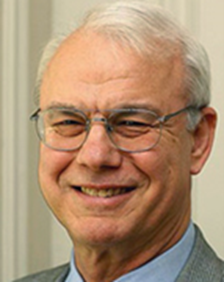

The MIT-PCI team maintains and operates the Phase Contrast Imaging diagnostic installed on the DIII-D tokamak. The diagnostic is an internal reference interferometer that detects electron density perturbations induced by plasma turbulence, MHD modes or high–power RF waves such as helicons. The diagnostic is absolutely calibrated, thus allowing a quantitative benchmark of theoretical models via synthetic diagnostic tools.
Joining the MIT Team
Check out available openings to join our team at:
